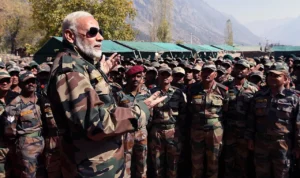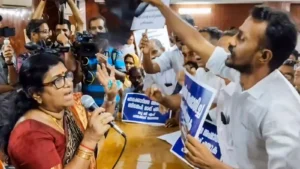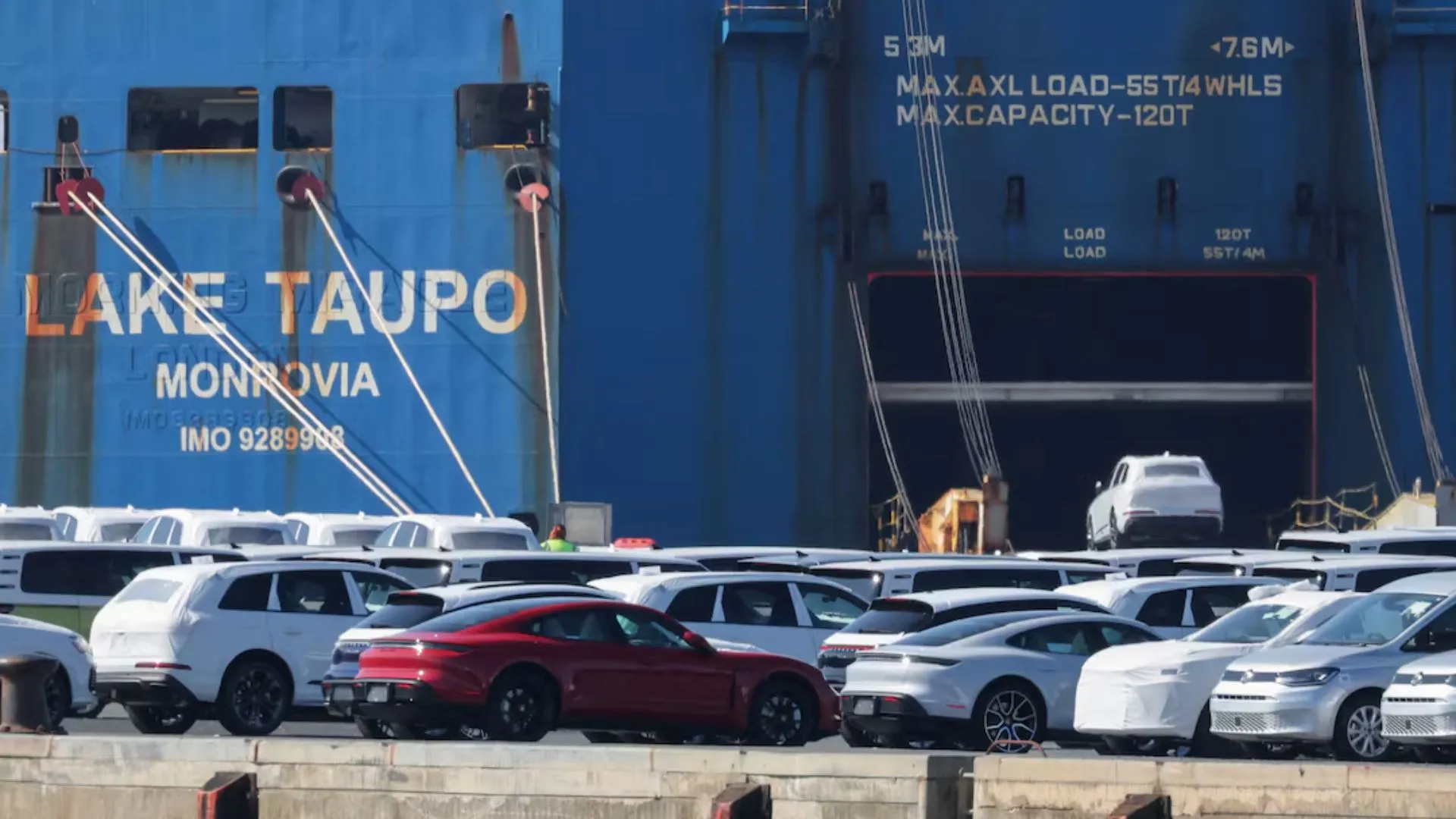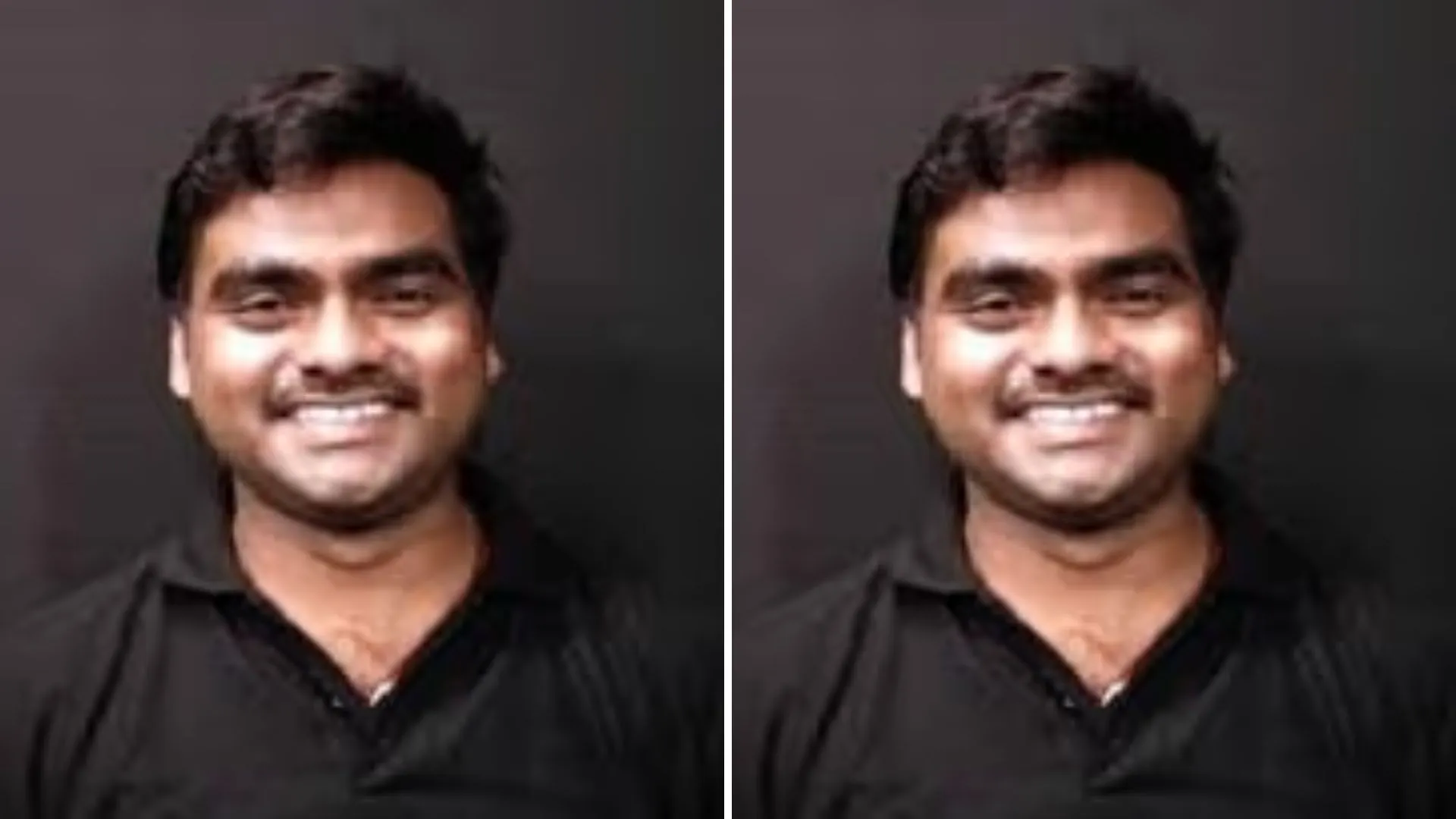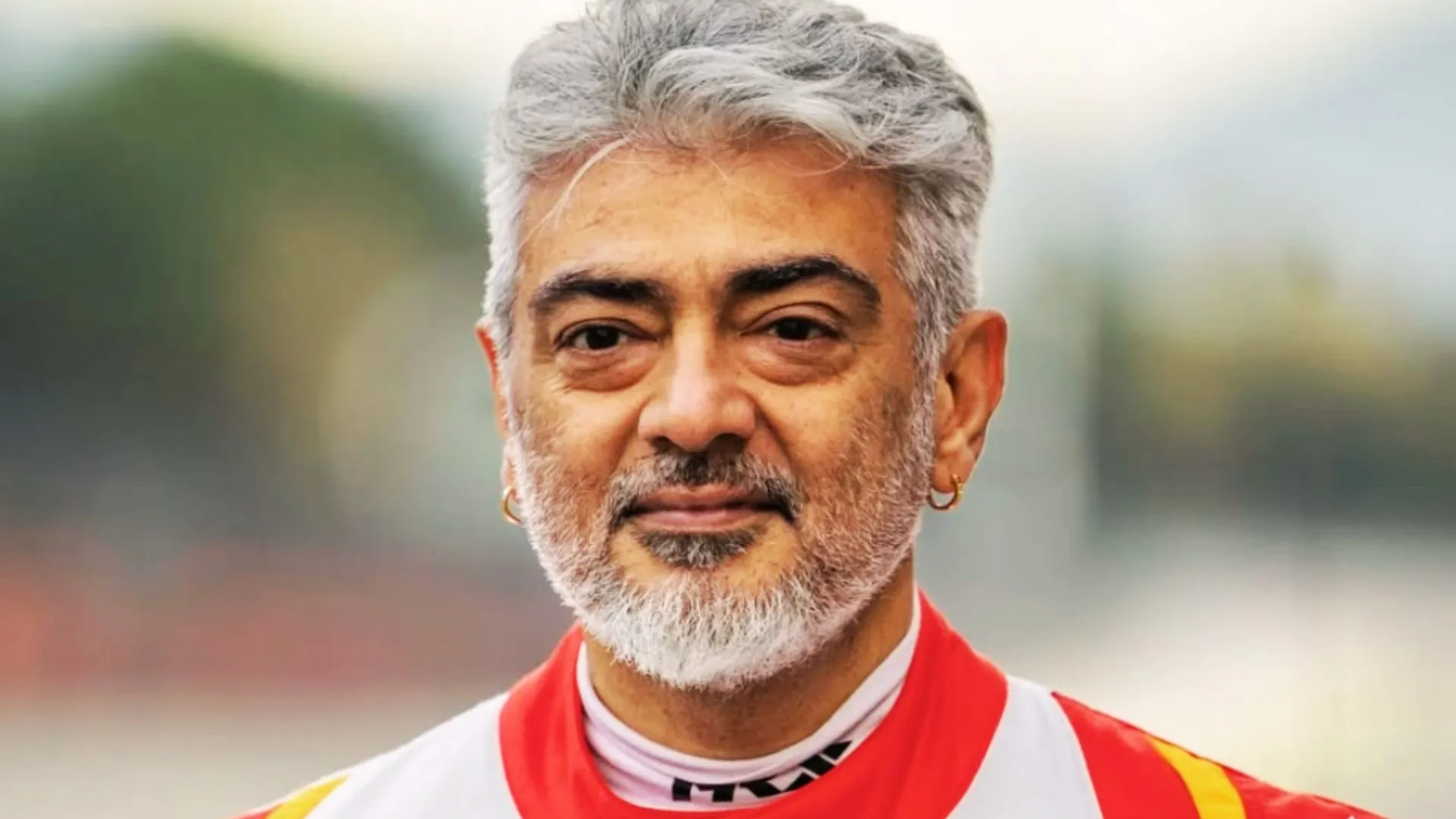Telegram CEO Pavel Durov has recently highlighted China’s AI advancements, attributing much of its success to the country’s competitive, “Soviet-style” education system. In a post on X, Durov contrasted China’s approach to education with the West’s, arguing that the US risks losing its tech leadership if it doesn’t reform its education system.
China’s Rapid AI Progress: DeepSeek and Beyond
Durov praised the rapid rise of DeepSeek, a Chinese AI startup, for quickly catching up with US companies like OpenAI in terms of technological innovation. He pointed out that China’s AI progress is not a sudden phenomenon but a result of long-term educational practices. “Chinese students have consistently outperformed others in math and programming at international competitions, thanks to a secondary education system that prioritizes competition,” Durov said.
The Role of Competition in China’s Education System
Durov compared China’s rigorous education system to the Soviet model, noting that it fosters fierce competition among students. This system, he argues, has proven to be highly effective in developing outstanding performers in fields like math and science. In contrast, Western schools, according to Durov, often shy away from competition and emphasize emotional protection, sometimes even hiding grades to shield students from failure.
Western Schools vs. Chinese Schools: A Comparison
Durov criticized the Western educational approach for discouraging competition. “While it’s understandable to protect students from pressure, these measures can demotivate high-achieving students,” he said. Durov emphasized that victory and defeat are intrinsic parts of growth. He argued that telling all students they are champions, regardless of their actual performance, creates an illusion of success that is shattered in the real world after graduation.
Durov’s remarks highlight a growing debate over the role of competition in education, especially in an era where technological advancements like AI are shaping the future of global leadership.
ALSO READ: What To Expect From CEA Nageswaran’s Third Economic Survey




